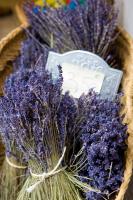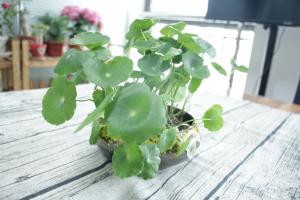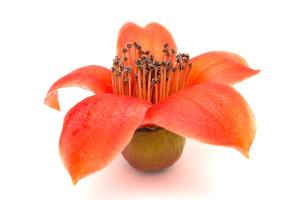Is a Tomato Plant a Nightshade?
Tomato is a popular fruit that is widely used in a variety of culinary dishes, ranging from salads to soups and sauces. However, tomatoes belong to the same plant family as deadly nightshade (Atropa belladonna), a poisonous herb that has been associated with folklore and mythology for centuries. This raises the question: is a tomato plant a nightshade? The answer is yes, but the differences between the two are significant.
The Nightshade Family
The nightshade family (Solanaceae) is a large and diverse group of plants that includes over 3000 species. While many of these plants are important for their culinary and medicinal properties, some are extremely toxic and potentially deadly if ingested. Among the most notorious members of the nightshade family are belladonna, henbane, mandrake, and tobacco. However, the majority of the nightshade species are actually food crops, including potatoes, peppers, eggplants, and of course, tomatoes.
The Similarities and Differences
Tomatoes and nightshade plants share many similarities, including their small white or yellow flowers, their round or oval fruit, and their preference for warm climates. However, there are also some significant differences between the two plants. For one, tomatoes are fully edible fruits that are widely consumed around the world, while nightshade plants are generally not eaten due to their toxic properties. Additionally, nightshade plants typically have more potent and concentrated amounts of the toxic compounds, such as solanine and nicotine, that are found in the nightshade family.
The Toxicity of Nightshade Plants
While tomatoes are generally safe to eat and are unlikely to cause any harm when consumed in moderation, nightshade plants should be handled with caution. The toxic compounds found in these plants, such as solanine and atropine, can cause a range of symptoms when ingested in large amounts. These symptoms may include nausea, vomiting, diarrhea, confusion, seizures, and even death in some cases. However, it is worth noting that the concentrations of these toxins in nightshade plants are generally much higher than those found in tomatoes, making them much more dangerous to consume.
Cultivation and Use of Tomatoes
Tomatoes are one of the most widely cultivated and used food crops in the world. They are grown in a variety of climates, from temperate to tropical, and are used in a variety of culinary dishes. Tomatoes can be eaten raw or cooked and are used to create a range of products, including sauces, soups, ketchup, and salsa. They are also a good source of essential vitamins and nutrients, making them a popular health food.
In Conclusion
In summary, while a tomato plant is indeed a nightshade, the differences between the two plants are significant. Tomatoes are fully edible and widely consumed around the world, while nightshade plants are typically avoided due to their toxic properties. While it is generally safe to consume tomatoes in moderation, it is important to be cautious when handling nightshade plants and to avoid consuming them unless under the direction of a trained professional.

 how many times do yo...
how many times do yo... how many planted tre...
how many planted tre... how many pine trees ...
how many pine trees ... how many pecan trees...
how many pecan trees... how many plants comp...
how many plants comp... how many plants can ...
how many plants can ... how many plants and ...
how many plants and ... how many pepper plan...
how many pepper plan...





























